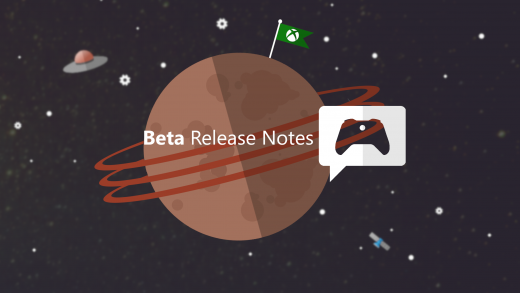
The benefit for Remedy is that this location means the developers are no longer constrained by the idea of a tangible reality – and it leads to some very interesting game design. While Alan is very much still a survival horror character, and uses many of the new mechanics at work here (see yesterday’s piece for more on that), the way the world reacts to him can be far wilder.
The key difference is in how you get around this world – navigation is less A to B in The Dark Place, instead taking you from A for a few turns around D, a quick detour to Q, and finally to B, where you were hoping to be all along. Puzzles become far more prevalent. In the mission I played, which saw Alan trying to make contact with someone to help him in the Oceanview Hotel, this meant attempting to enter the front door, and realizing I was stuck in an endless loop that took me back outside. To get in, I instead had to find my way through a maze of rooftop doors, fighting off Taken enemies and using a new mechanic that allows Alan to remove light from, or place it back into an area, shifting its very make-up, to finally find my way inside.
Set against Saga’s more action-oriented sequences, it’s a curious, welcome change of pace, and has the benefit of reflecting quite how messed up things have gotten for Alan in the intervening years.
There’s another key difference to Saga – where the FBI agent can enter her Mind Place to help figure out how all of this fits together, Alan instead enters his Writer’s Room, with an entirely different mechanic to work with. Instead of a Case Board, Alan can find his notes on the story of the Dark Place and, as a writer, he can rewrite them.

Take the Oceanview Hotel – upon entering major locations throughout the building, Alan’s notes build on the story of this place – he has notes on the Entrance Hall, the Ballroom, and more. But early on, he finds out that it was once the setting of an unusual immersive theater experience.
Suddenly, I have the option to rewrite these locations in that context – the Ballroom shifts from an empty room to one with a stage and audience seating, unlocking new clues, items, and discoveries. Other areas unlock new doors for me to explore further.



